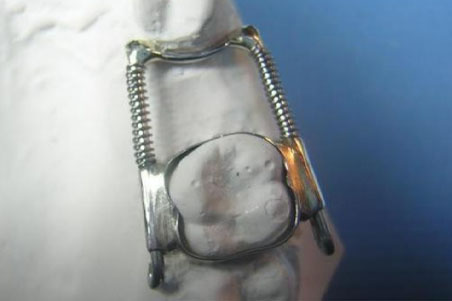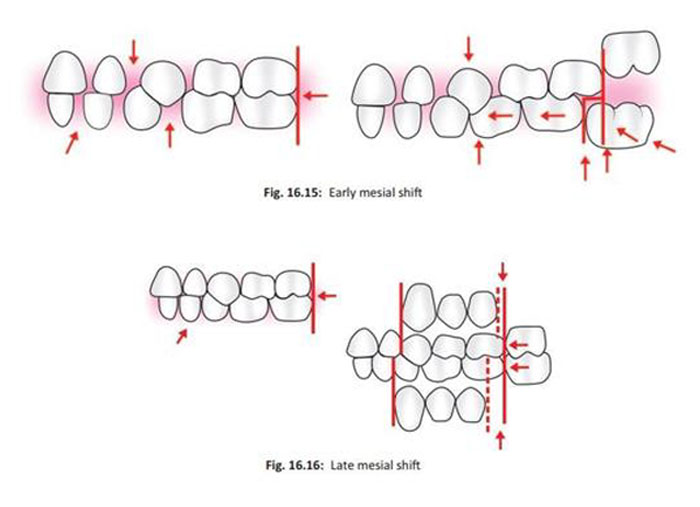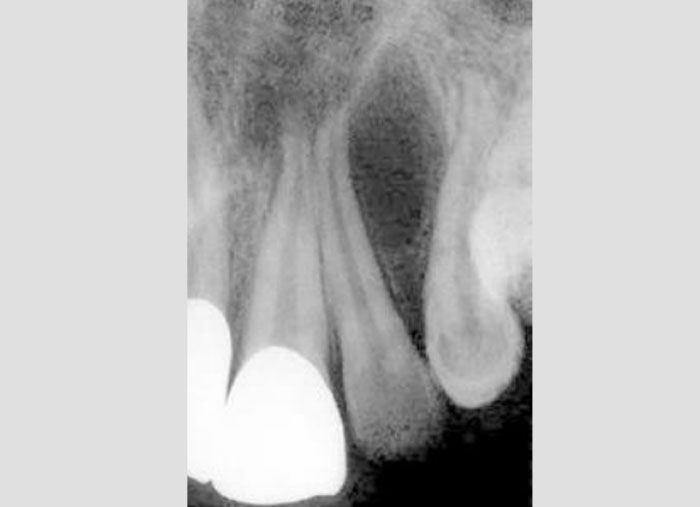- NEED HELP? CALL US NOW
- +919995411505
- [email protected]
KENNEDY CLASSIFICATION
The Kennedy method of classification of Edentulous Spaces was originally proposed by Dr. Edward Kenedy in 1925.
It is the so far most easiest way of classification
NEED FOR CLASSIFICATION
- Formulate a good treatment plan.
- Anticipate the difficulties commonly to occur for that particular design.
- Communicate with a professional about a case.
- Design the denture according to the occlusal load usually expected for a particular group.
Kennedy divided all partially edentulous arches into four main types. Edentulous areas other than those determining the main types were designated as modification spaces.
- Dr Edward Kennedy of New York proposed this classification
- This is the most popular classification
- Kennedy’s classification is positional or anatomical and conveys a picture of certain teeth and their relationships, but gives little information about the teeth present and their positional relationships.
CLASSIFICATION
Kennedy classification of Partially Edentulous Arch:
CLASS I: Bilateral edentulous areas located posterior to the remaining natural teeth
CLASS II: A unilateral edentulous area located posterior to the remaining natural teeth

CLASS III: A unilateral edentulous area with natural teeth remaining both anterior and posterior to it

CLASS IV: A single, but bilateral (crossing the midline), edentulous area located anterior to the remaining natural teeth

There are two more Classes added to Kennedy’s classification which are –
Class V: An edentulous area bound by teeth anteriorly and posteriorly, but where the anterior tooth is not suitable to be used as an abutment.
Class VI: An edentulous situation where the bounded teeth are capable of total support of the prosthesis.

MODIFICATIONS
This refers to multiple edentulous areas present in a case. Modifications can only apply to Kennedy Classes I, II and III. This is because a Kennedy Class IV case with modifications would fall in to one of the other classifications, as these take priorities.
The modification number coincides with the number of extra spaces to be filled. For example – a bilateral distal extension base with a saddle anterior to the space will be called as “Class I, Modification 1”
Example there are three spaces which are all having teeth anteriorly and posterior to the space it is termed as “Class III, modification 2“.

APPLEGATE’S RULE
Applegate’s rule for applying the Kennedy classification
Applegate has provided the following eight rules governing the application of the Kennedy method.
Rule 1: Classification should follow rather than precede any extractions of teeth that might alter the original classification. All extractions that are required needs to be completed before planning a partial denture because extractions in the posterior region could alter the classification.
Rule 2: If a third molar is missing and is not to be replaced, it is not considered in the classification.
Rule 3: If a third molar is present and is to be used as an abutment, it is considered in the classification. This may be in a scenario where a patient is having their first and second molars replaced and so the denture utilises the third molar as an abutment. As a result, the saddle is a bounded saddle and not a free-end saddle.
Rule 4: If a second molar is missing and is not to be replaced, it is not considered in the classification (e.g., if the opposing second molar is likewise missing and is not to be replaced).
Rule 5: The most posterior edentulous area (or areas) always determines the classification. Missing teeth in the most posterior area determines the classification. An edentulous area should be classified as Kennedy Class I first, before moving on to classify as Kennedy Class II. An edentulous area should be classified as Kennedy Class II first, before moving on to classify as Kennedy Class III. An edentulous area should be classified as Kennedy Class III first, before moving on to classify as Kennedy Class IV.
Rule 6: Edentulous areas other than those determining the classification are referred to as modification spaces and are designated by their number.
Rule 7: The extent of the modification is not considered, only the number of additional edentulous areas.
Rule 8: There can be no modification areas in Class IV arches. Any edentulous area lying posterior to the single bilateral area determines the classification.



